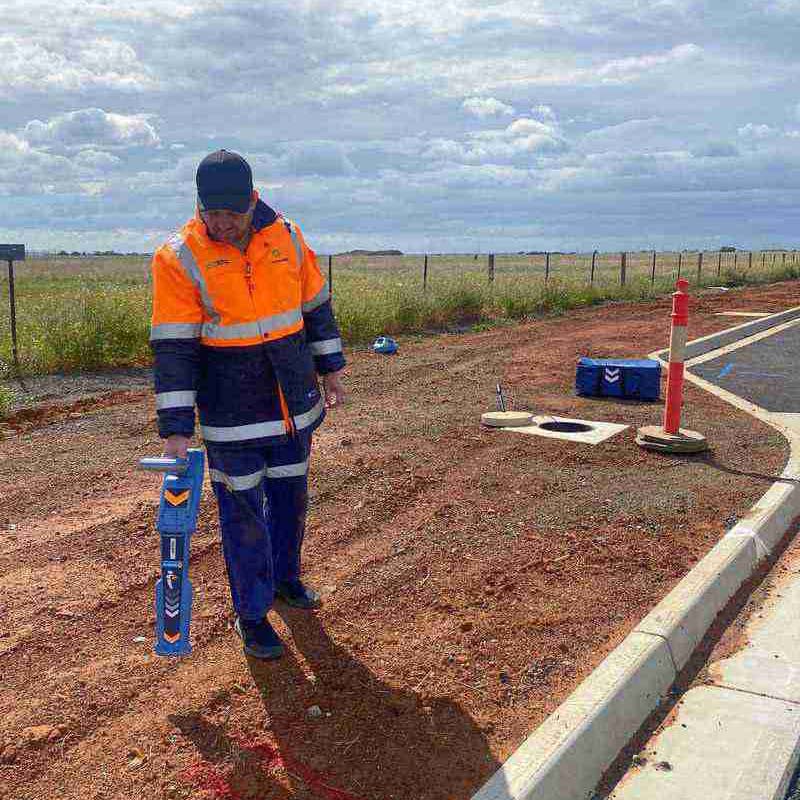Utility finding is frequently essential if you plan to do an excavation, whether you’re doing a home improvement or managing a huge civil project. Despite the fact that excavation work is common, it is significantly hazardous than many people believe.
Gas lines, telephone lines, and water pipelines, to name a few, are among the vital utilities that are located underground. In excavation operations, the ability to precisely discover subterranean utility services is critical, and there are a variety of technologies that can assist you in detecting and mapping underground services.
What is utility finding, and how does it work?
Utility locating, also known as underground utility mapping or utility detection, entails using high-tech equipment to create a detailed map of what’s happening beneath the surface. A utility finder can validate existing infrastructure and oversee safe excavation procedures rather than risking harm to subsurface pipes and cables.
What is the procedure for locating utilities?
While hydro excavation and other soft digging equipment can be used to safely excavate the ground, the ability to map utilities before digging is critical. Electro-magnetic induction (EMI) technology, which generates, sends, and receives an electromagnetic radio frequency through the ground, is one of the most popular location services.
This method is suitable for locating metal and other conductive materials-containing utilities including electric lines, telephone lines, and gas lines. However, EMI technology has drawbacks, such as the inability to find plastic pipes or anything more than 5 metres underground.
Another prominent instrument that can be used in conjunction with EMI equipment is GPR. This non-destructive testing method is very beneficial on most sites since it allows the operator to detect both conductive and non-conductive services.
The GPR sends out high-frequency radio pulses into the ground and calculates the findings based on how the pulses are returned by various subsurface objects. GPR can also be used to locate subterranean storage tanks, buried chambers, voids, and manhole extents.
What is the purpose of utility finding, and why is it important?
Many excavation works require utility and asset detection as well as buried cable locator services to help decrease risk and assure safety. Utility location is commonly used to locate public utilities, but it can also be used to locate subsurface services in homes and businesses. Safe excavation services, such as vacuum excavation and hydro excavation, are frequently used in conjunction with cable positioning services.
An underground locator reduces the risk of hitting and breaking underground pipes and other services, which can cause significant damage. Pipe finder technology is particularly crucial for health and safety, as accurate subterranean mapping is required to avoid harmful electric lines and waste-water pipes.
What are some of the most popular projects?
In Melbourne, Sydney and across Australia, underground utility mapping technology is employed for a variety of residential, commercial, and civil applications. While this technology may be prohibitively expensive for small home projects, it is routinely employed by private construction companies and government agencies working on infrastructure projects.
Having the ability to identify, locate, and safeguard underground services is a critical aspect of many excavation projects, from new apartment building complexes to highways and parkland.

